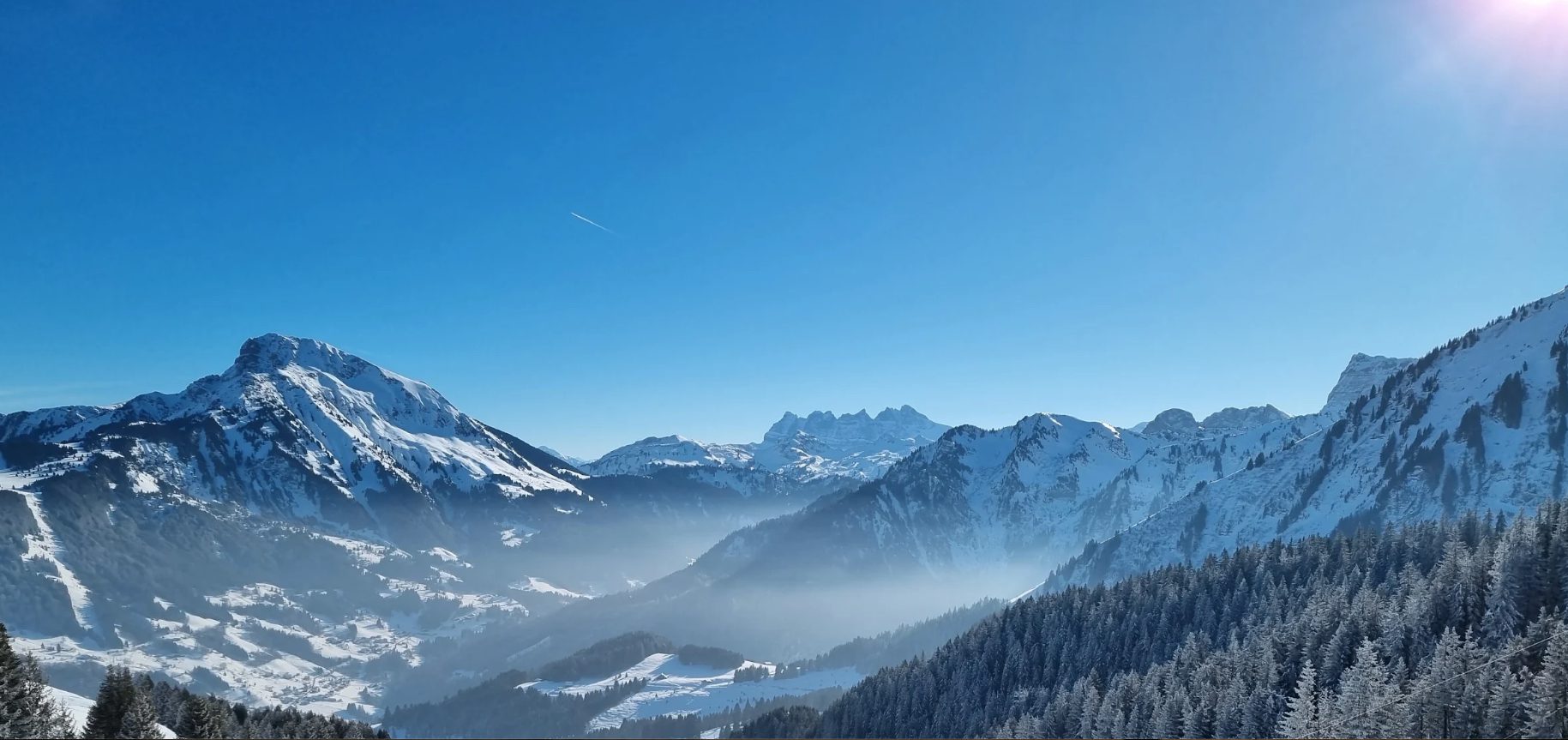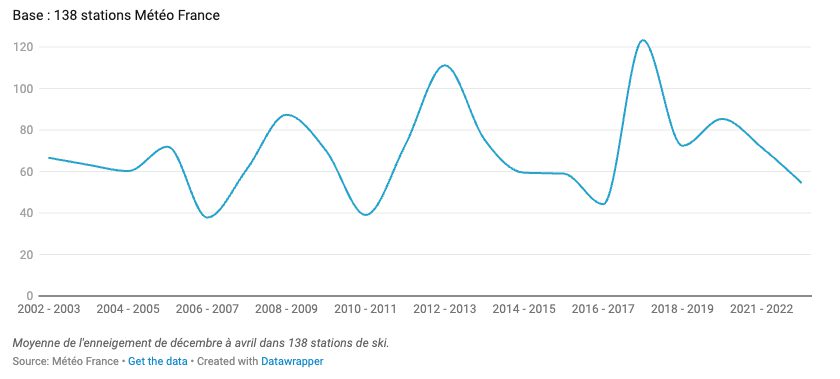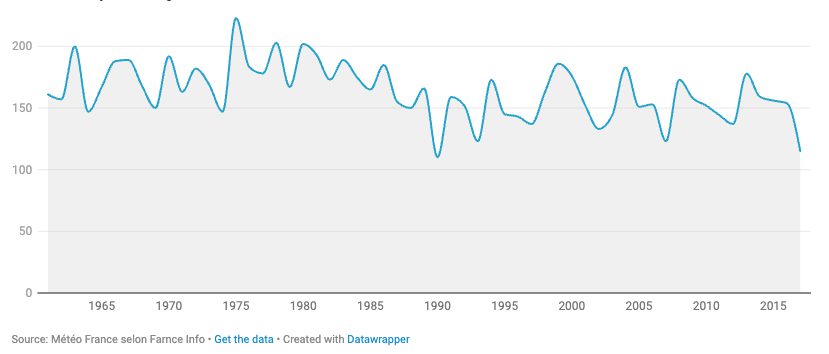Unveiling the Surprising Snow Cycle: Alpine Snow Cover Trends in last decades
The Cyclical Dance of Snow: A 20-Year Analysis of Alpine Snowfall Patterns
For the past 20 years (2002–2022), data from 138 Météo France ski stations reveals a rhythmic five-year cycle of abundant and sparse snow cover across the French Alps, averaging 44.2 to 100 cm from December to April, while spanning from 1965 to 2015, the Col de Porte (1,325 m) dataset showcases a stable range of 100 to 200 snow-covered days annually, highlighting a consistent five-year pattern with minimal long-term decline.
Over the past two decades, snowfall in the Alps has painted a picture not of steady decline, but of striking regularity in its variability. Data from 138 Météo France ski resorts reveals a consistent pattern: every five years, the Alps experience winters of abundant snow, followed by leaner seasons marked by drought and milder temperatures. This cyclical trend, observed across all French ski resorts, challenges the narrative of a straightforward decline in snow cover and highlights a natural rhythm in the region’s winter climate.
The chart tracking snowfall from 2002 to 2022 illustrates this phenomenon vividly. Snow accumulation, measured as the average from December to April across the 138 resorts, fluctuates in a near-predictable cycle. Exceptional snow years—such as 2004-2005, 2008-2009, 2012-2013, and 2018-2019—alternate with periods of lower snowfall, like 2006-2007 and 2021-2022. This “sawtooth” pattern, as described, mirrors a longer-term record from the Col de Porte, where 62 years of data confirm the same five-year oscillation.
What drives this variability? The answer lies in the interplay of atmospheric conditions. Periods of drought and unseasonable warmth periodically settle over the Alps, reducing snow accumulation in some winters, while colder, wetter conditions in others replenish the slopes. For instance, the 2016-2017 season saw an average snow cover of just 44.2 cm, one of the lowest in the 20-year span, reflecting a warmer winter. In contrast, years like 2012-2013 likely benefited from optimal cold and precipitation, though exact figures for peak years are not specified in the chart.
This regularity has implications for ski resorts, local economies, and climate adaptation strategies. The predictability of good and bad snow years offers a planning advantage—resorts can prepare for lean seasons by diversifying offerings, such as summer tourism or artificial snowmaking. However, the underlying causes of variability, which may be exacerbated by climate change, warrant further investigation. Are these cycles purely natural, or are they shifting in intensity due to global warming? The data doesn’t say, but the question looms large.
In conclusion, the Alps’ snowfall over the last 20 years reveals a story of resilience and rhythm. Far from a steady decline, the snow comes and goes in a dependable five-year cycle, a pattern that has held steady across decades. For skiers, resort operators, and climate scientists alike, understanding this cadence is key to navigating the future of winter in the Alps.
Source: Météo France, 138 ski station snowfall data, 2002–2022.
Decades of Snow: The Variable Rhythm at Col de Porte (1,325 m high) since 1965
The chart “Durée de l’enneigement annuel au col de Porte (1325 m)” tracks the annual number of snow-covered days at Col de Porte, France, from 1965 to 2015, based on Météo France data. Spanning 50 years, it reveals a highly variable pattern, with snow days fluctuating between approximately 100 and 200 days annually across all altitudes.
The data shows a jagged, wave-like trend, with no clear long-term increase or decrease. Peaks, such as those around 1970 and 2005, reach near 200 days, while troughs, like those in the early 1980s and mid-1990s, dip closer to 100 days. This variability aligns with the observation that snow cover oscillates significantly year to year. Notably, a subtle five-year cycle emerges, where one year out of every five tends to be rich in snow, and another is notably sparse, a pattern consistent with broader Alpine trends.
This rhythmic variability suggests natural climatic cycles, possibly influenced by alternating wet and dry winters. For local communities and winter sports, this predictability provides a framework for planning; however, the lack of a definitive upward or downward trend leaves the impact of climate change unclear over this period. Further analysis beyond 2015 would be needed to confirm any emerging shifts.




